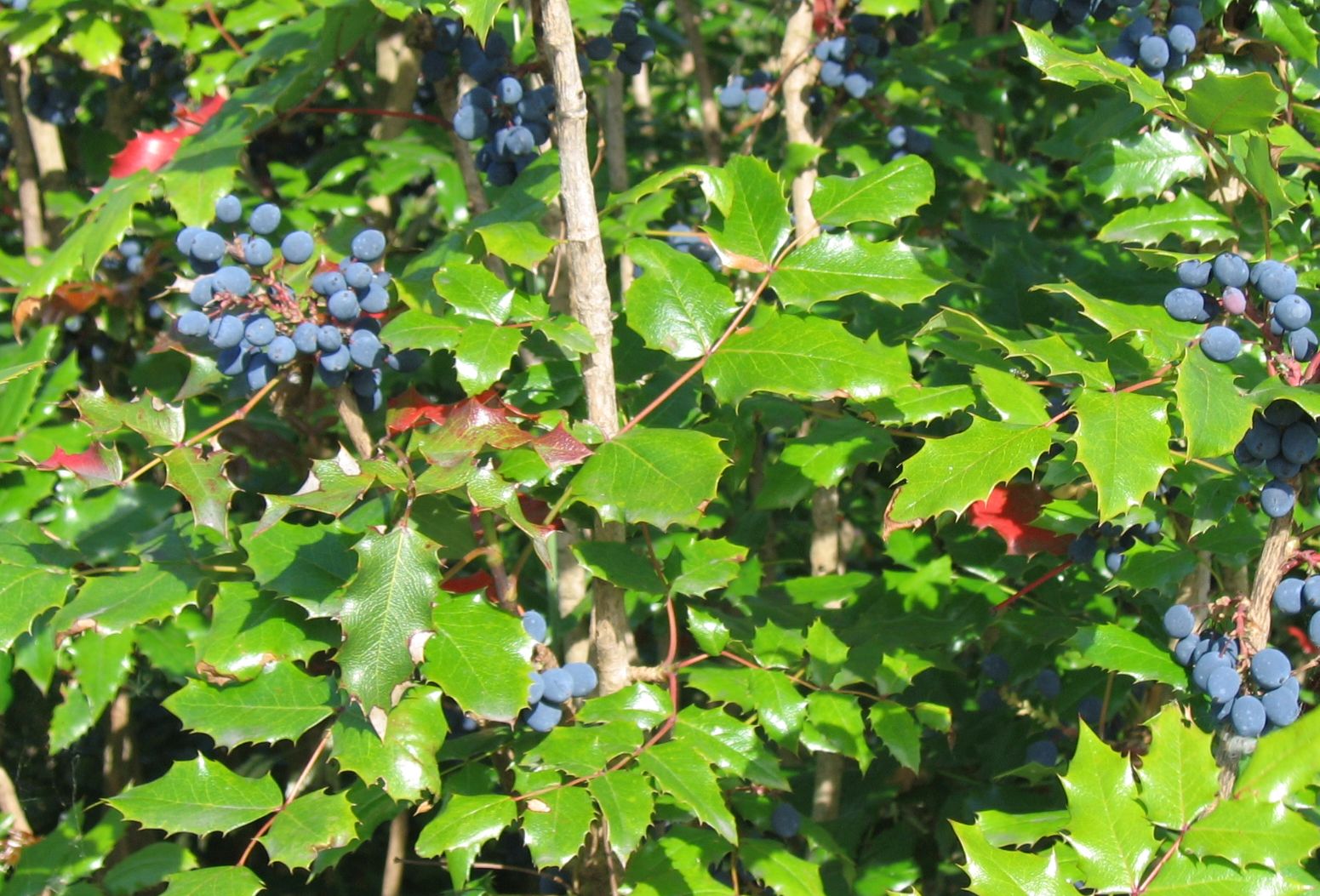I have never considered myself a survivalist and I'll bet most of the battered folks displaced by the violent destruction of earthquakes, floods, tornadoes, hurricanes, landslides and tsunamis hadn't previously thought of themselves as survivalists either. Now they do. They have earned that badge of distinction not by barricading themselves in remote locations with guns and ammo, but by living through these distasters only to be faced with the ordeal of staying alive for days without food, clean water, sanitation, shelter, medicine, safety or information that could give them hope that help was on the way.
Any one of us could find ourselves in circumstances this desperate. While considering what help there might be until professional disaster relief organizations can arrive on the scene, it occurred to me that we are surrounded by plants of great medicinal value. Your medicine cabinet may be buried in the rubble, but plants growing within walking distance of your house can kill bacteria to keep wounds from becoming infected, reduce pain, knock down a fever, heal cuts, scrapes and severe bruising, get out splinters, calm nerves, feed us and even snap someone out of hysteria. The trick is to know what plant does what. Many herbs have water-soluble constituents and don't require heat to process.
Everyone has Oregon grape (Mahonia) close by, and if it is not in your yard, it grows in abundance in the foothills of the mountain west. The roots of this plant will not only kill germs on the outside, but also the inside. When combined with the bark of oak tree, it will relieve dysentery brought on by bad water or food. I would use it to help kill germs in water, too.
Willows grow near moist areas, and a tea of its bark will reduce pain because it contains salicylic acid which is what aspirin is made out of.
Arnica grows in the mountains. Arnica preparations can be made from leaves, flowers and roots. It can be used topically on sprains and bruises to reduce swelling and pain. Yarrow and plantain, used topically, will heal wounds and decrease the itching of insect bites.
Echinacea (gardeners often call it purple coneflower) is a famous healer. You can nibble fresh flowers in the summer or use leaves flower and root to make a "whole plant" tincture.
In cases of smoke or toxic fumes inhalation, mullein leaf and native mallow roots will sooth sore throats.
Elder flower and balsam root should be used if people start getting colds and flu.
Dandelion leaves and roots can be eaten and are super nutritious so will help restore lost nutrients.
Know where your plants are! For instance, if you have Echinacea in the garden, you can dig up the root even in the winter and chop it up, then soak it in water for a few hours. Or you could chew on a cleaned root. You can also dig up and eat roots and bulbs of plants like garlic, chives and parsley.
Understanding what great potential there is in plants to help manage and relieve such threatening situations, I enrolled in the Community Emergency Response Team (CERT) training which teaches people how to be first responders in their neighborhoods. I think this training should be taught in schools. It offers basic information on how to go about taking care of yourself, your family and your community in an organized way that will assist the professionals once they can get there. This is good information to have. In addition, knowing how to use the healing plants in our own back yards could be our saving grace in such catastrophes.
This article first appeared in Catalyst Magazine and has been reprinted with permission.



No comments:
Post a Comment